Never the hero
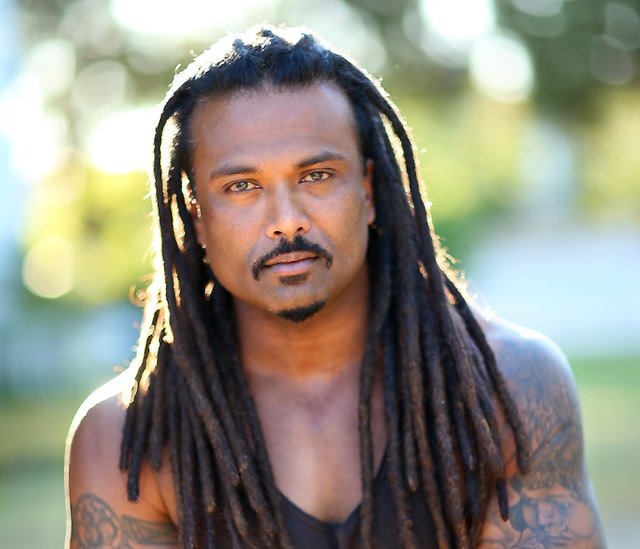
Despite the recent rise of South Asian talent—Mindy Kaling, Lilly Singh, Aziz Ansari, Dev Patel, Priyanka Chopra, why haven’t we moved on from stereotyped characters?
Media production within countries in South Asia recognise the particularities of individual cultures, but media production in the west is a different matter. First World Countries seem oblivious to the incredible variety and difference of South Asian cultures trading instead in outmoded stereotypes of generic Indians.
For many years Western screens have portrayed an image of South Asians that frankly made me ashamed to be one. Born in Fiji with Indian heritage, growing up I would just tell people I’m from Fiji.
The mention of Indian or even looking “Indian” meant a barrage taunts that mimicked Apu from the Simpsons.
I got excited the first time as a young boy I saw some reference to Indians on screen in Indiana Jones; to only watch them eat monkey brains and refer to a sacred Hindu Goddess like she was an evil cannibal.
If you’re thinking, well that was a long time ago. Just Google “Ashton Kutcher Brown Face”.
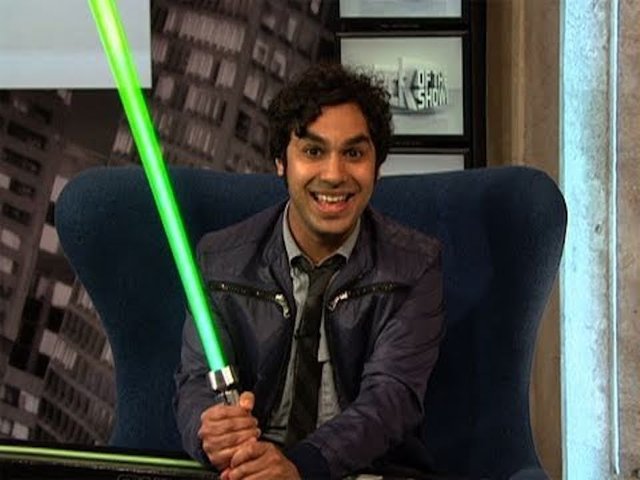
Kunal Nayyar in a still from 'Big Bang Theory'
The recent rise of South Asian talent—Mindy Kaling, Lilly Singh, Aziz Ansari, Dev Patel, Priyanka Chopra, Hasan Minhaj, Sarah Roberts (Home and Away) and Sharon Johal (Neighbours) has been encouraging but the questions remain: Is there a rise of South Asian diversity in media production in the west? What does it look like? Have we moved on from the head wobbling, bad accented, stereotyped character?
To get a good grasp of the current landscape, I started by selecting and analysing the screen presence of a cross section of South Asian actors working in western productions looking at the projects they are attached to and the roles they were offered.
I collated a list of 18 South Asian actors or individuals based on how significant their screen projects were and the roles that they were best known for.
The list included Mindy Kaling (The Mindy Project); Priyanka Chopra (Quantico); Dev Patel (Slumdog Millionaire); Aziz Ansari (Master of None); Kunal Nayyar (Big Bang Theory); Hannah Simone (New Girl) and more. From Australian screens, the list included Sarah Roberts (Home and Away); Sharon Johal (Neighbours) and Bali Padda (Legally Brown).
From each actor I gathered information about the names of their projects, the genre, and their character name, heritage and occupation. From here, I sent out surveys to actors, agents, and conducted one in depth phone interview. This list included 17 Australia South Asian actors with at least 10 (but no less than 8) IMDb credits.
I wanted to know things like the characters they would get called in for; whether they thought their cultural identity is a positive or a negative in the casting process; and their opinion on how South Asian characters are portrayed on screen (in English speaking western countries).
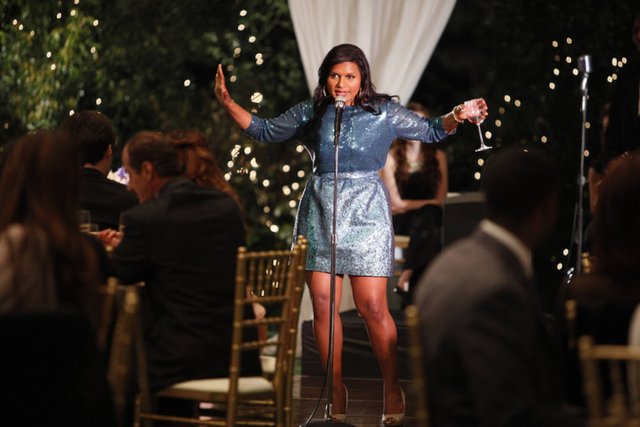
Mindy Kaling in a still from 'The Mindy Project'
The response was mixed. I did feel some actors very nervous to provide their views. The more experienced actors were confident to express their opinion without the pressure of negative repercussions from the industry.
Five actors completed the online survey, spending on average 30 minutes with detailed answers. The responses to the completed online surveys and interviews from Australian South Asian actors highlighted some interesting points.
- South Asian actors were typically cast as doctors, lawyers, taxi driver, terrorists or a version of a stereotyped Indian. A South Asian playing a marvel or superhero character still seems a long distance away. The South Asian character is more likely to be cast as the nerdy, bumbling, sexuality inept scientist side kick.
- They are very aware they were the diversity to prop up other actors.
- Characters that were not stereotyped lacked depth and complexity as they were constructed from the viewpoint of a non-South Asian. Generally for lead or support roles, most characters are of “Indian” decent, with a few Pakistani characters. There is almost no sensitivity to the nuances of South Asian Diaspora characters, unless they creators of the show are from the Diaspora themselves (The Mindy Project & Master of None).
- Actors will travel to the US for more opportunities.
- What is seen on Australian screens is not a true representation of Australia.
With little representation of South Asians in the writers room, the actor is often forced to be the cultural advisor, with little regards for diaspora South Asians who may have limited (let alone deep) knowledge of their cultural history.
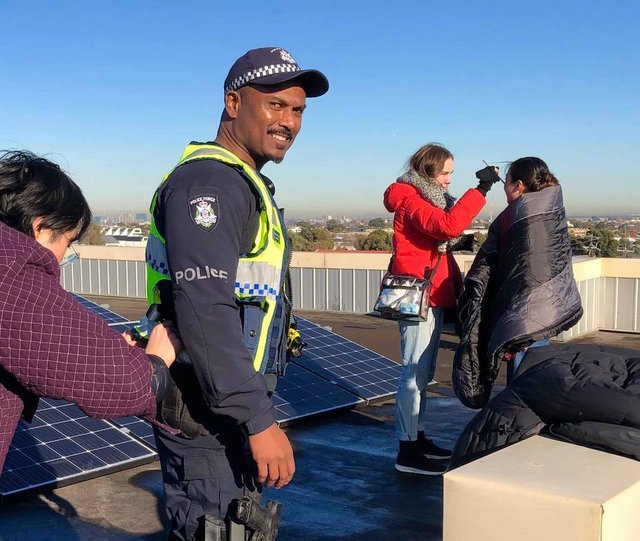
Ravi on the set of a film shoot
Priyanka Chopra is the only South Asian as a major lead where she is not the creator. Her occupation in Quantico is an FBI recruit, turn possible terrorist. Chopra is one of the few South Asian actors working in the west who has (had) a significant career in India as well.
There is almost no reference to LGBTI roles for lead or major support roles . Whilst there have been a few rare occurrences such as Roy Joseph in Five Bedrooms on Australian TV, overall there is a lot of work to be done here.
Females are either cast as the friend of the attractive white lead or their culture over-sexualised to be more exotic. The Mindy Project rejects this, with Mindy Kaling as the creator and the lead character. The Mindy Project is also interesting in that it takes the traditional virgin / slut shamed stereotype assigned to women and turns it on its head.
Male characters are cast as the nerdy, bumbling friend; the contrast to the alpha male. It would be very unlikely for a male South Asian character to win the heart of a lead character.
When South Asian actors are cast with alpha characteristics with virility, they are the villain.
Does skin tone matter?
Apart from Mindy Kaling and Aziz Ansari who were the creators of their own show, most South Asian actors that were cast were of a lighter complexion.
‘Skin colourism’ is a term that is used to describe a racist construct that depicts darker South Asians as inferior to the lighter. It’s suggested that its creation is another colonial legacy.
These matters are completely missed by the Western English speaking screen industries; as such there are no dark complexion South Asian actors in lead or major support roles.
In Australia, this is the case for almost every South Asian character regardless of the size of the role.
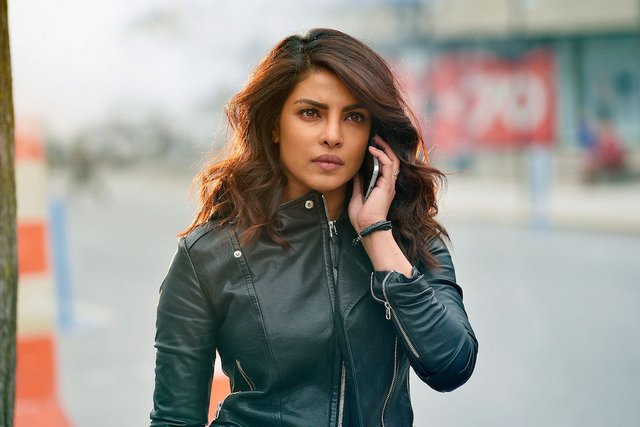
Priyanka Chopra in a still from 'Quantico'
What about religion?
While religion plays a significant role in South Asia, most South Asian character religions was not identifiable. The notable exception is Parminder Nagra (Bend It Like Beckham, ER), where her characters’ religion Sikh religion is made apparent.
How do we move forward?
Developing authentic, complex and diverse South Asian stories on screen will require work. South Asia has so many intricate parts but that also makes for much more engaging stories in abundance.
As an emerging screenwriter, I would like to continue exploring consultation with academics and organisations that specialise in South Asian history, culture and studies.
Right now we can start the conversation in the writers room about what questions we should be asking to create these authentic stories.
There will always be nuances (and some obvious) considerations or variations, it’s still much better than getting a brief with: “Ethnicity—Indian / Hindi looking”.
The screen bodies in Australia are doing a fantastic job to promote diversity within the industry.
While I still haven’t seen (but will hopefully be creating) South Asian stories, there are quality screen projects such as The Family Law, Cleverman, Glitch, Ali’s Wedding, Wrong Kind of Black and Sweet Country to name a few.
South Asians actors are struggling to find characters on screen that reflect a true representation of South Asians in Australia so they look to the US. Actors are often asked to be cultural character advisors as a short cut.
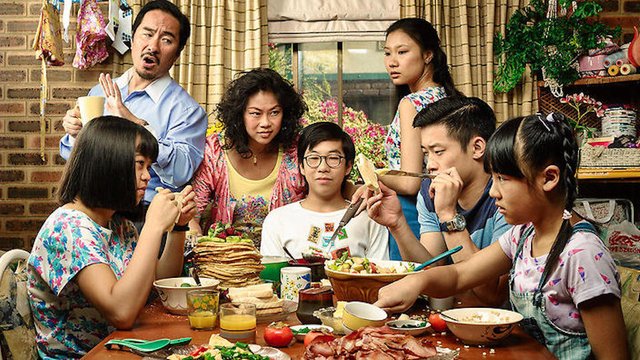
A still from 'The Family Law'
Diversity funding initiatives are great. A concerted and persistent push over several years will see more diverse writers’ rooms. Are we then asking those writers to figure out complex, authentically diverse characters and within impossible time frames because of budget constraints? There’s scope for discussion that writers rooms need budgets that allow for greater exploration of characterisation, not just plotting.
Diversity is not just more screen time. Authentic diversity will take time, funding and specialist knowledge to develop. There needs to be South Asian representation in the writers’ room and through the entire process.
The long term impacts are far greater and have very real consequences for our younger generations.
I recently listened to a Jay Shetty podcast which referenced a quote by Thomas Cooley that really registered: “I am not who you think I am; I am not who I think I am; I am who I think you think I am”.
Why I did it
I spoke of my life as a young boy at the Human Rights, Arts and Film Festival session in Melbourne, why the way we as “South Asian” are portrayed on screen is important to me and the path that got me here; trying to forge a career in the screen industry for almost 10 years now.
We arrived in Australia in 1981. My Fijian-Indian accent was so strong it was hard to understand me. At that time there was maybe one other brown skinned person in the entire school. I remember coming home proud the kids at school had nicknames for me, only to realise when I told mum that they were racist names.
When I was younger I had this innate ability to watch people and mimic their movement. One day at our primary school disco a friend started dancing like Michael Jackson and I said “no, not like that. Like this!”. I got so lost in the moment that when I looked up towards the end of the song, almost everyone (including the teachers) in the entire hall had stopped, formed a circle around me and were watching. I had never received so many positive comments and slaps on the back.
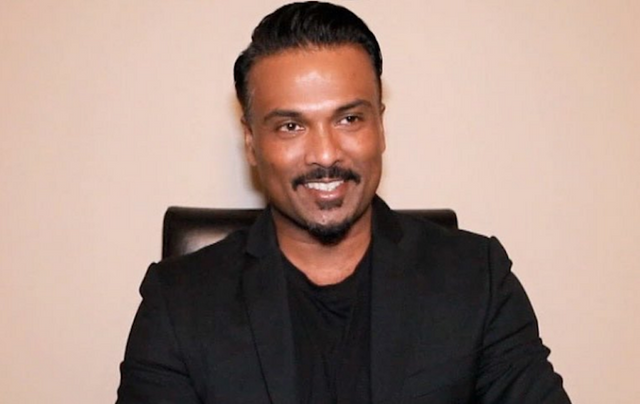
Ravi Chand
I knew then I wanted to become the next Michael Jackson. He was the only brown skinned person I could identify with on screen.
A week from my 12th birthday my mum died in a car accident on the way to pick us up from school, when her car was hit by a speeding van.
That day any creative career ambitions came to a complete halt and I was cut off from mum’s side of the family. I felt like I was deeply resented by family. If I wasn’t getting into fist fights at school because I was being called the “N” word, I was constantly ridiculed for being “too Aussie”. That I preferred to be white; a complete sell out to not just my family but entire race.
Then I came along hip hop artists like Ice Cube, Tupac, Ice T, NWA, Public Enemy to name a few. They were all politically active. When they spoke about race, I felt like I could relate. That started to become my identity but I mixed that in with being the best possible Australian I could. The message I heard was you’re either Aussie or you’re not.
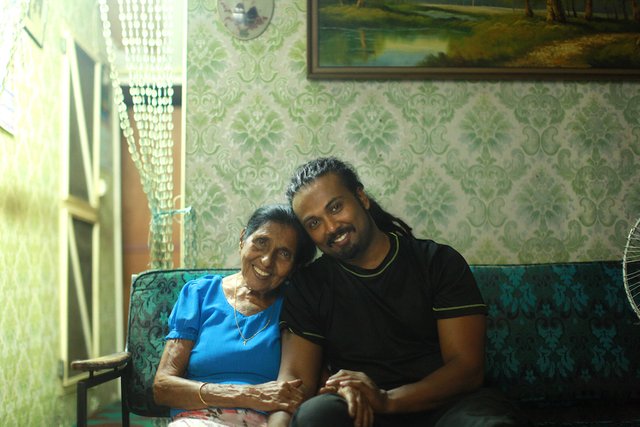
Ravi with his grandmother
About 5 years ago I found out my maternal grandma, who I thought had passed away was still living in the same house in Fiji, waiting for the day she’d see me again. My grandma breathed life back into me again. I could be an Australian, born in Fiji of Indian heritage. All that mattered was that I was her son, her grandson and the most important person in the world to her.
As she began to tell me about mum, I realised she was a fellow creative. She loved public speaking and dabbled as a radio announcer. My grandma told me a proud history about my great grandmother and our culture. I then began to realise what I had lost of my culture and worried about how I could even begin to start passing on that magic to my two-year-old son, nieces and nephews.
I now understand the way we view ourselves on screen (or lack of) can have a direct impact on the value we and others place on us.
Ravi Chand was a Fellow in the 2019 Cinespace Social Cohesion on Screen Writer’s Fellowship, funded by the Victorian Government. He has several screen projects he has been developing for just under a decade. They include a web series (proof of concept), TV series, documentary and feature film. More about Ravi here: www.entertainmentembassy.com.au/about; Ravi on Instagram: www.instagram.com/ravi_chand
Posted from my blog with SteemPress : https://www.theindiansun.com.au/2019/08/07/never-the-hero/